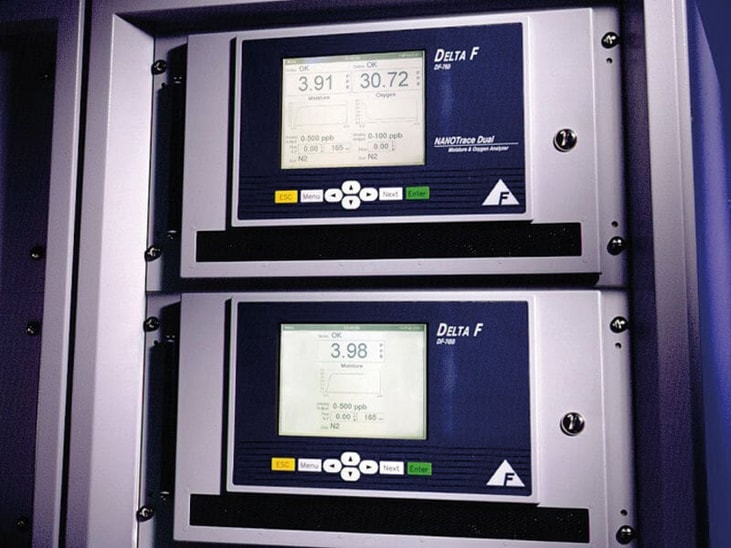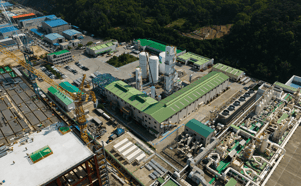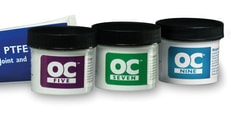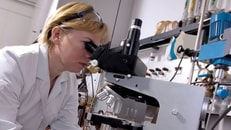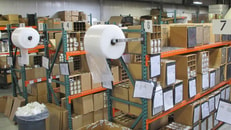It’s All in the Triangle…
Latest Techniques for Moisture Analysis in Specialty Gases
Achieving accurate and repeatable low-level moisture analysis in the specialty gas industry while minimizing analysis instrument maintenance is a challenge many laboratory analysis equipment suppliers have tried to meet over the years with a number of different technologies. It is now clear that Tunable Laser Diode Spectroscopy (TLDS) has emerged as the clear technology leader, however, this general technique is not standing still. Instruments utilizing various versions of this technique are now available on the market.
The latest generation of laboratory moisture analyzers, based on a technique known as Advanced-TDLS, are able to operate for a period of years in non-ideal environments without the need for re-calibration. They can yield moisture measurements with ppb sensitivity in a wide variety of single and multi-component gas mixtures. In common with all TLDS techniques, high performance measurements are enabled by virtue of the ultra narrow diode laser bandwidth, which in turn enables selection of a single fine-structure water absorption line. Advanced-TDLS further utilizes additional information buried within the shape of the water IR absorption line which, after correction for absolute pressure, is subtly dependent on the chemical composition of the (host) gas or gas matrix under investigation.
Advanced-TDLS analyzers are able to measure moisture levels across a wide variety of background gases without the need for recalibration.
Armed with this additional data, Advanced-TDLS analyzers are able to measure moisture levels across a wide variety of background gases without the need for recalibration. The analyzers remain highly tolerant to “real world” environmental effects such as temperature, pressure, vibration, and contamination of the optical surfaces.
To better understand this unique feature of Advanced-TDLS we can look a little closer at how it determines the shape factor and area under the H2O absorption line to improve the stability and sensitivity of the moisture measurement. Absorption line-shape factors are analogous to the unique “idents” used by air traffic controllers to mark an individual aircraft on their sometimes crowded monitoring screens. Key information on the composition of the background gas or mixture is derived by determining the shape factor of the absorption line. The moisture concentration is derived by measuring the area under the absorption line.
... to continue reading you must be subscribed

